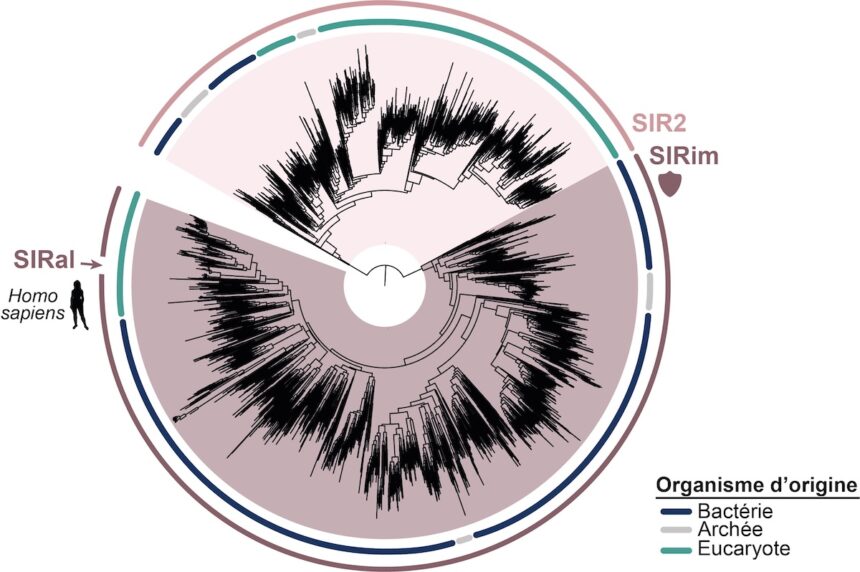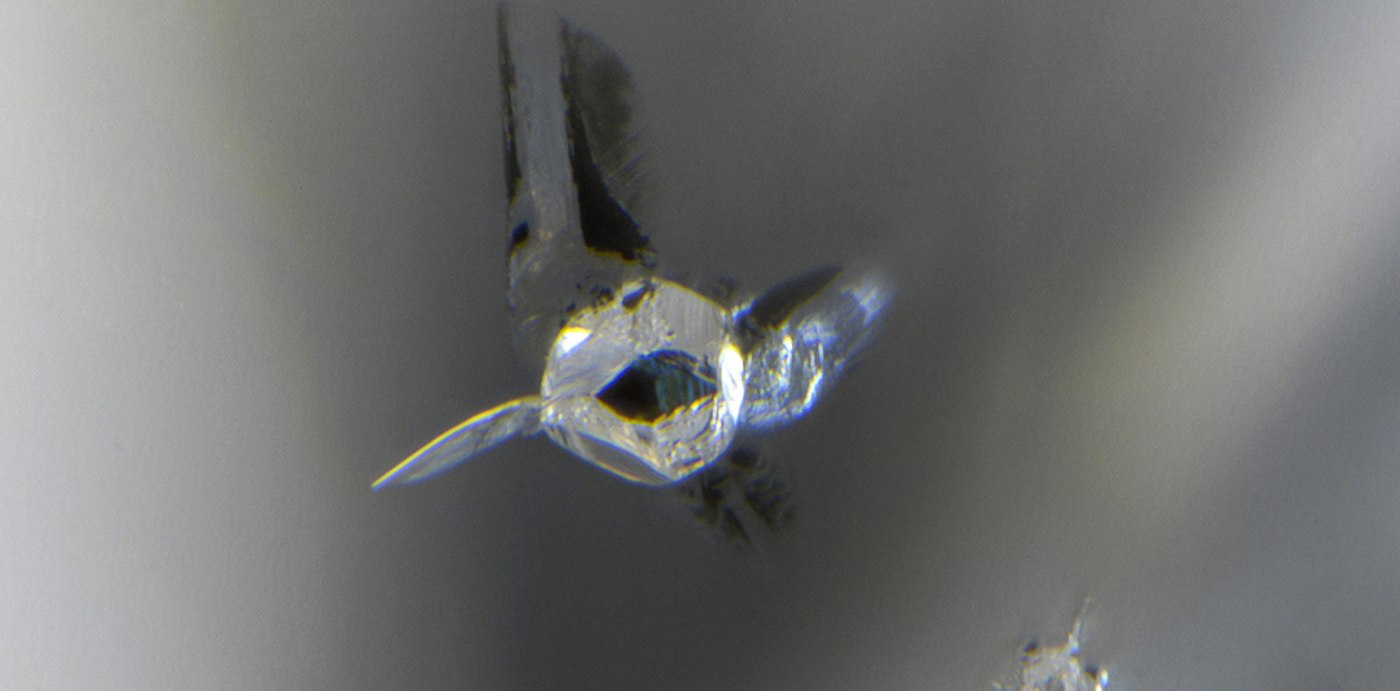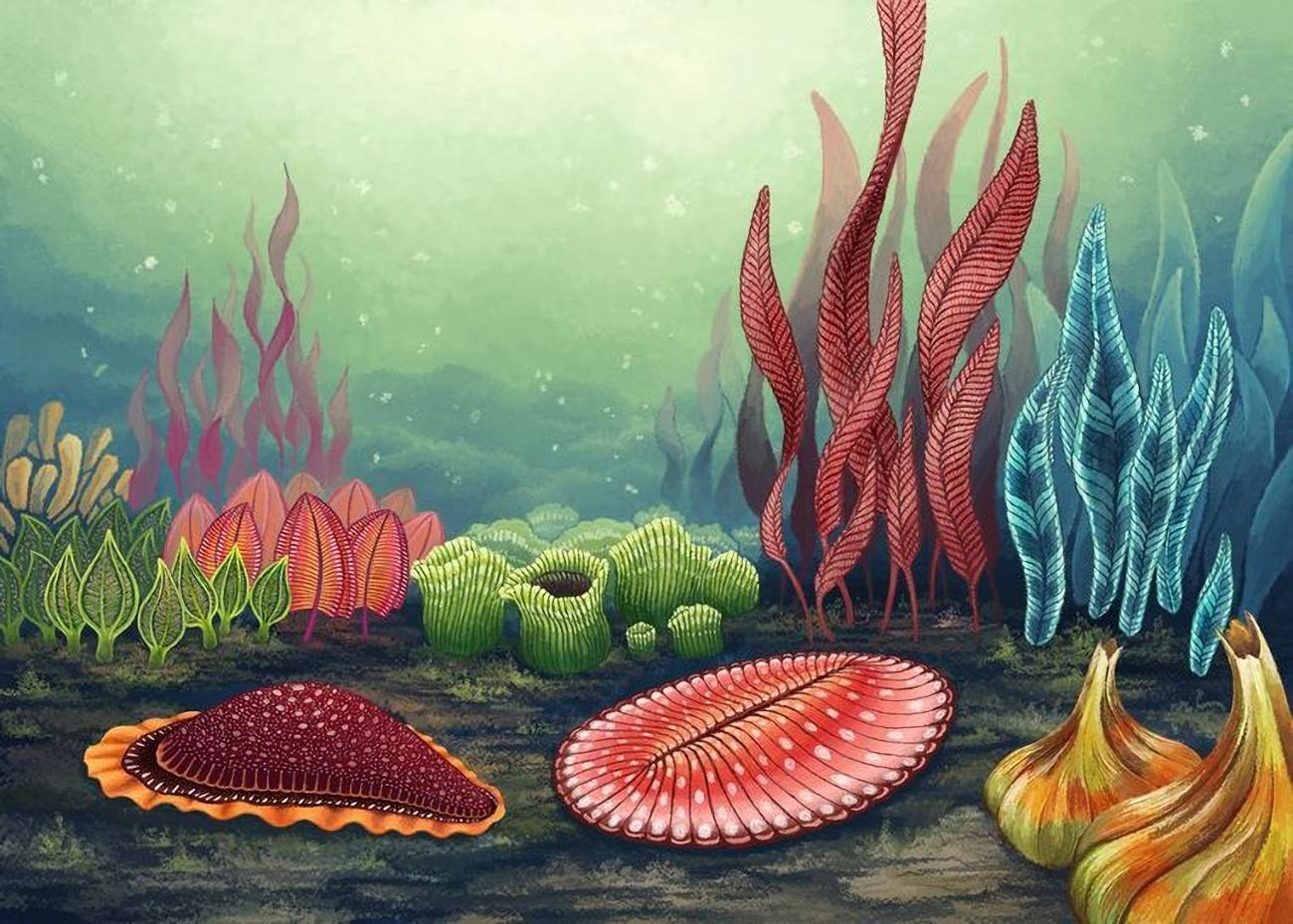The living world is rich in diversity, but all organisms share one thing in common: the evolutionary pressure exerted on them by pathogens. To defend themselves, bacteria, plants, animals, and others have developed a wide array of mechanisms over millions of years of evolution. To date, nearly 250 bacterial anti-infectious systems are known, which rely on immune proteins, some of which show surprising similarities to human immune proteins. By examining these connections, Enzo Poirier from Inserm and the Curie Institute in Paris, Aude Bernheim from the Pasteur Institute in Paris, and their colleagues discovered that numerous proteins involved in innate immunity in humans are derived from bacterial proteins.
To defend against viruses, certain bacteria rely on the SIR2 (Silent Information Regulator 2) protein domain. A protein domain is a part of a protein that adopts a structure independently from the rest of the molecule. When a virus infects a bacterium, SIR2 disrupts the cell’s metabolism by destroying a molecule essential to it, thereby causing the cell’s death. SIR2 thus prevents viral replication and simultaneously protects the rest of the bacterial colony. Through extensive phylogenetic work—that is, the study of evolutionary relationships between organisms—the biologists identified a domain homologous to SIR2 in humans, called SIRa1. They then went further and demonstrated in mouse and human immune cell models that this domain plays a crucial role in innate immunity, the first line of defense against viral or bacterial infection. Its function? It serves as a pivot in the TLR (Toll-like receptor) signaling pathway, which enables the detection of pathogens during infection and triggers an inflammatory response. By reducing or eliminating SIRa1 production in mice, Enzo Poirier, Aude Bernheim, and their colleagues observed that the inflammatory response to viral or bacterial infection was severely impaired and dysfunctional.
Interestingly, the SIRa1 domain appears not in just one protein, but in an entire ancient and diverse protein family whose members the team found in no less than 19% of the eukaryotes—organisms composed of cells with nuclei, such as plants or animals—that they analyzed. This means that the associated immune mechanisms, derived from bacteria, have been very widely conserved throughout evolution and across the living kingdom, since bacteria and eukaryotes constitute two of its three major groups. And that the underlying molecules have retained their structure and function over billions of years!
This finding establishes the framework for the emerging field of ancestral immunity, which aims to systematically identify evolutionary links between immune molecules in bacteria and eukaryotes that share a distant common origin. Characterizing these proteins and better understanding them could help outline new therapeutic strategies, particularly against certain autoimmune diseases that result from overactivation of TLR receptors.






